Malty quick bread good for sandwiches or toast. This Dairy-free, Gluten-free, Yeast-free and Paleo recipe is made with chestnut, almond and coconut flours.
One of the hardest things about transitioning to the Paleo diet is giving up bread. In part, this is because we become lazy in our habits, and bread is a very easy option. Most of us will have bread with at least one meal a day – if not toast in the morning, then sandwiches for lunch, or maybe a tortilla or naan bread in the evening. However, it is about more than convenience. The inescapable fact is that bread is a nice substance, universal to all cultures. Who can fail to be aroused, gastronomically speaking, by the promise of bread baking in the oven; a warm waft of yeast, a glimpse of silky soft dough ballooning up and over the edges of a bread tin, and finally the sawing motion of a bread knife shattering the well-baked crust into a thousand crumbs? So I think it is fair to say that humans have a basic need for some sort of unobtrusive doughy substance, capable of sandwiching cuts of meat, acting as a vehicle for spreads, mopping up sauces and generally offering something unique in the way of mouthfeel.
This is when it becomes tricky for us Paleo pioneers. Rye bread, spelt bread, corn bread, flat breads made from chickpea flour – however desperately you cast around for an alternative to the ubiquitous wheat loaf, there is nothing that is compatible with a grain-free diet. The only option is to craft a bespoke bread that uses nuts for body and eggs for rising. Which doesn’t sound terribly bread-like so far.
I have tried recipes that use cashew butter, but found the overall texture moist and cake-like, and the flavour sweet and bland. This is when I hit upon the idea of using chestnut flour, which has a naturally earthy flavour, reminiscent of a malty loaf. Coconut flour has been included to give the loaf a light, fine crumb, as coconut flour is excellent for wicking up moisture – and there is plenty of moisture provided by the five large eggs that are needed to get the batter to rise.
I probably wouldn’t recommend eating this loaf every day, because I am not convinced that large quantities of chestnut flour are a good idea from a digestive health perspective (it is not allowed on the Specific Carbohydrate Diet, due to its high carbohydrate content). And, as fun as Paleo bread might be, it is rather against the spirit of the diet, and so a bit of a cheat at heart! However, as an occasional treat / crutch, or as rations to take with you when you are away from home, this really does feel like the joy of bread again.
| Do not add sunflower seeds to the seed mix. They will react with the baking soda and turn bright green! |
Ingredients
dry ingredients:
- 1 cup (100g) chestnut flour, sieved
- 1/2 cup (65g) extra fine almond flour (this is not the same as ground almonds, being de-oiled, de-skinned and more finely ground: buy here or make your own)
- 1/4 cup (28g) coconut flour, sieved
- 1 teaspoon baking soda
- 1/2 teaspoon salt
- 2 tablespoons (25g) sesame seeds
- 2 tablespoons (25g) poppy seeds
- 2 tablespoons (20g) pumpkin seeds
wet ingredients:
- 5 large eggs (70g each), separated (or 6 medium eggs, 55g each)
- 1/4 cup (60ml) olive oil, plus a little extra for greasing the tin
- 1/4 cup (60 ml) water
- 1 tablespoon apple cider vinegar
Instructions
- Preheat the oven to 160°C/340°F. Place a small bowl of water on the bottom shelf of the oven (this will steam the loaf, and stop the top from cracking). Lightly grease a 900g / 2lb loaf tin with olive oil, and line the bottom with baking paper.
- Combine the dry ingredients in a bowl (chestnut flour, almond flour, coconut flour, baking soda, salt, sesame seeds, poppy seeds, pumpkin seeds). Mix well with a spatula.
- Put the egg whites in a clean, dry bowl and whisk with an electric whisk for 1-2 minutes, until soft peaks form. Set aside.
- In a separate bowl, combine the wet ingredients (egg yolks, olive oil, apple cider vinegar), and mix until blended using an electric whisk.
- Tip the dry ingredients into the bowl containing the wet ingredients, and mix until blended using a spatula. The mixture will be fairly stiff.
- Lighten the mixture by stirring in half of the whisked egg whites. Tip in the rest of the egg whites and gently fold in using a spatula: cut down the centre with the side edge of the spatula; scrape across the bottom of the bowl and up the side, scooping up the mixture as you go so that it is turned over and under; rotate the bowl 90° and repeat until fully blended. Be careful not to overwork the mixture and knock out the air, but make sure the bitter egg white is fully blended.
- Scrape the batter into the prepared tin. Smooth the top using a spatula dipped in water. Bake for 40 minutes, or until cooked. When cooked, the top of the loaf should have a brown crust and feel firm to the touch. Do not open the oven door before 40 minutes (this will cause the air in the loaf to collapse).
- Remove from the oven and leave to cool for about 10 minutes, before popping out of the tin and onto a wire cooling rack. Peel off the baking paper from the bottom. Serve in slices, or toasted and spread with marmalade or jam. Store in an airtight container at room temperature for up to 5 days.

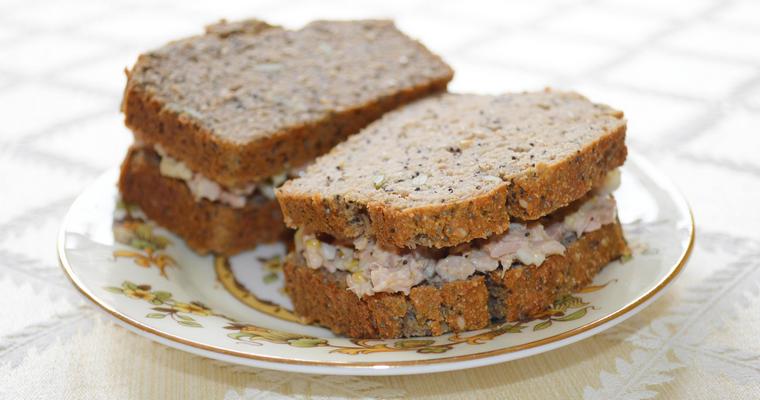
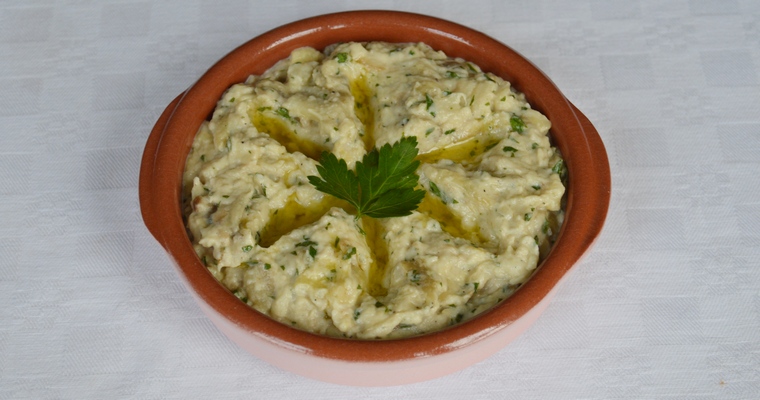
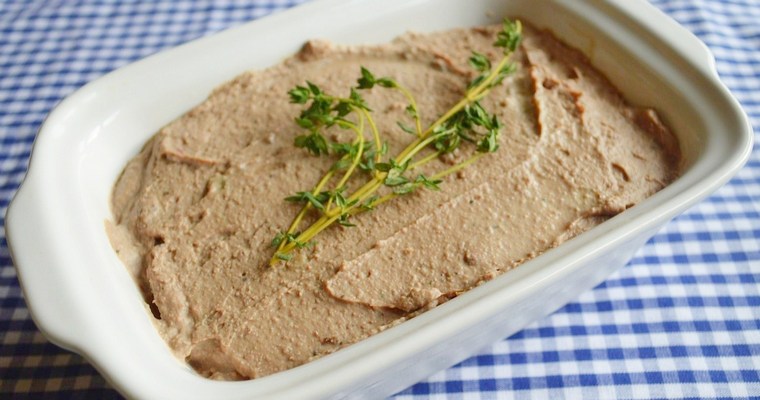
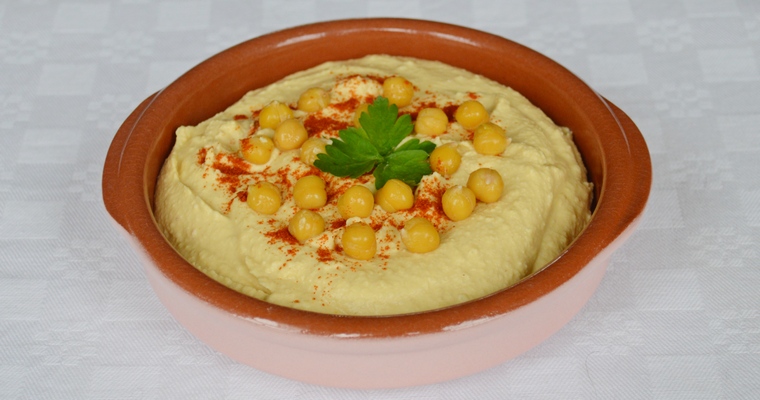
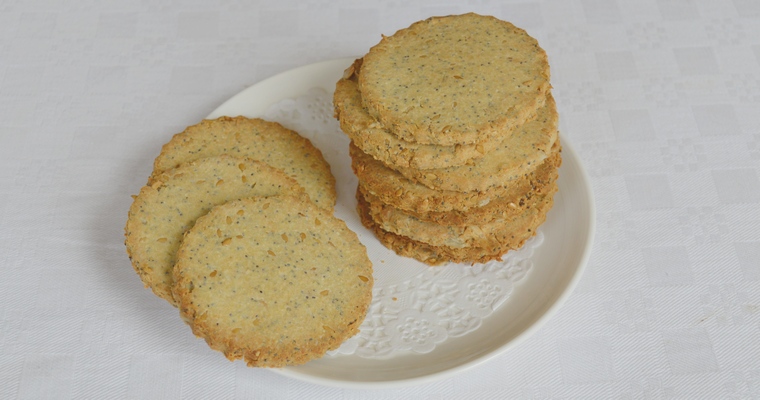
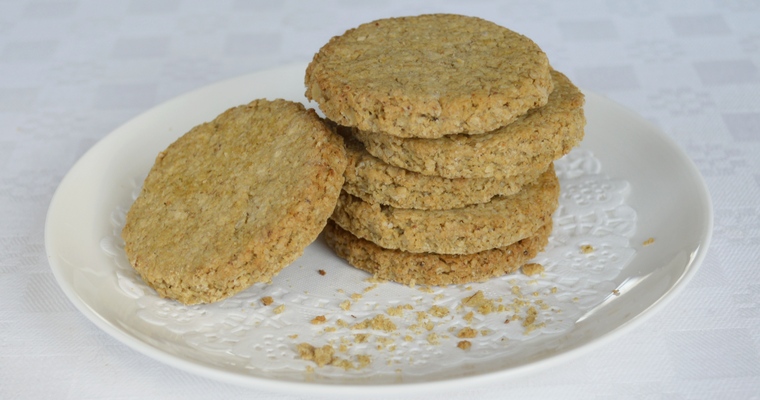
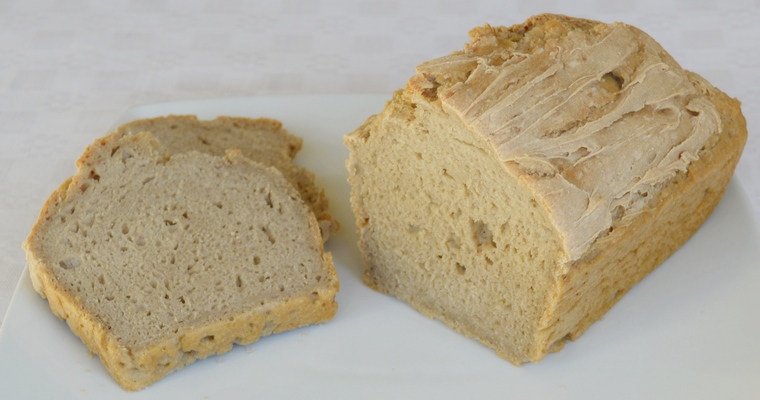

Cam I store at room temp for a few days in a bread keeper or better in fridge in sealed bag (up to a week)
Good question. I have just added a note to the recipe to say ‘Store in an airtight container at room temperature for up to 5 days.’. Due to the oil in the recipe (from both the olive oil and the nut flours), this bread will keep nice and moist, and will not dry out and go stale. Generally, you should avoid putting baked goods in the fridge, as this alters the texture and causes them to dry out. I have written a long post about what you should and shouldn’t store in the fridge here: http://www.paleopantry.org/article-storing-preserving-food-cooling/
Love this recipe! This bread is delicious! thank you for sharing.
Hi! I am curious about this recipe and shall try it soon. Can chestnut flour be replaced by another gf flour? Thank you.
Hmm, good question! I’m going to be annoying and say “depends”. Different gluten-free flours have very different baking properties in terms of denseness, absorbency, flavour, grittiness and binding ability (see this post for more information: Guide to Replacing Wheat Flour with Gluten-free Flour). Chestnut flour (being made from a nut) is a high-protein gluten-free flour. This means that it produces denser bakes than low-protein and high-starch gluten-free flours like tapioca flour.
If you want to replace the chestnut flour, I would suggest replacing it with another high-protein flour like brown rice, oat or buckwheat (or a mixture of these). I haven’t done this myself, so I’m not sure what the end result would be like. I suspect you would need to add a little more moisture / fat, and trust that the 5 eggs in the recipe would do the job of binding it all together.
It is perfect! Perfect!!! Thank you!